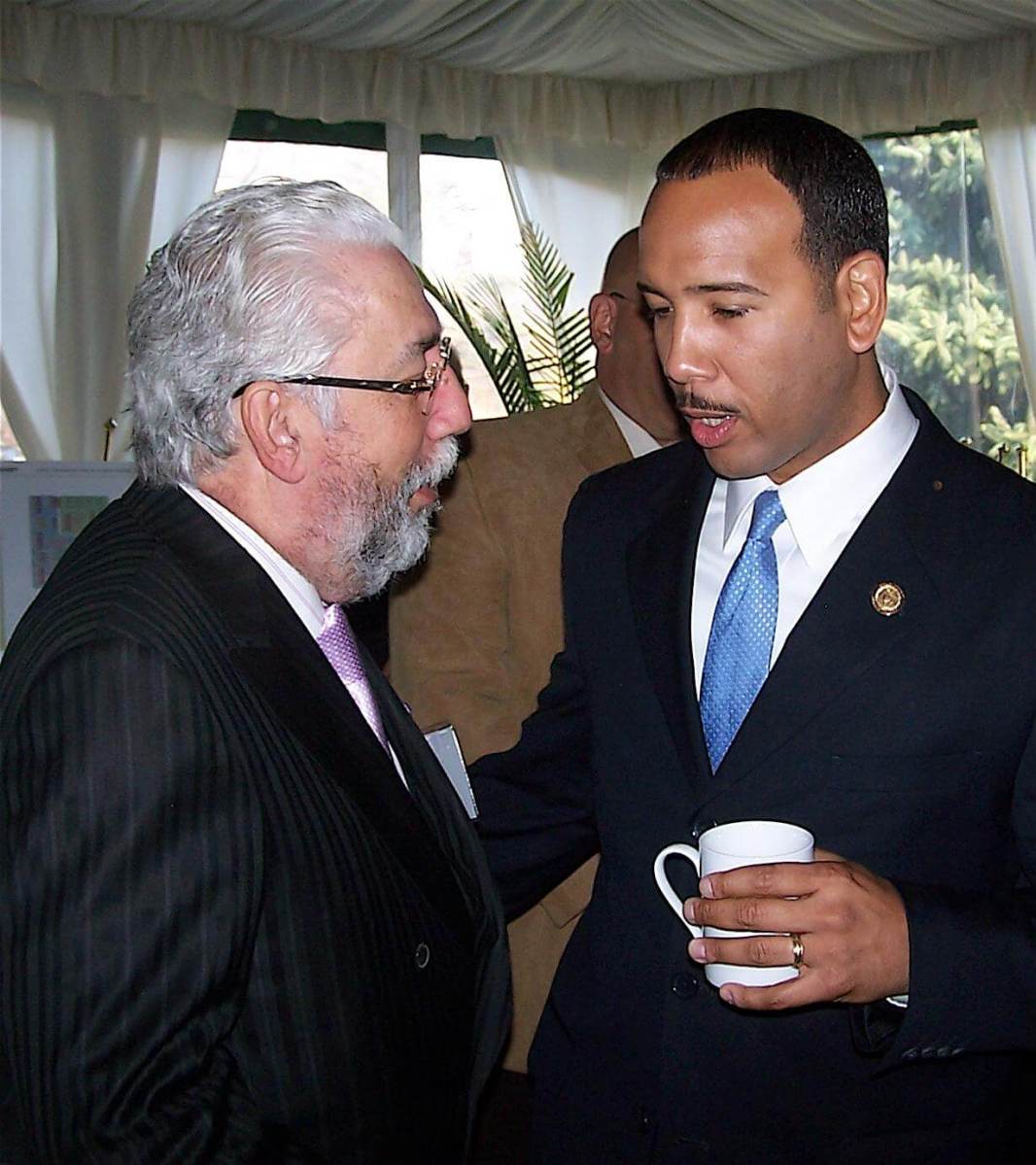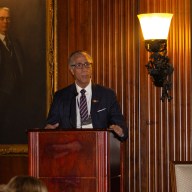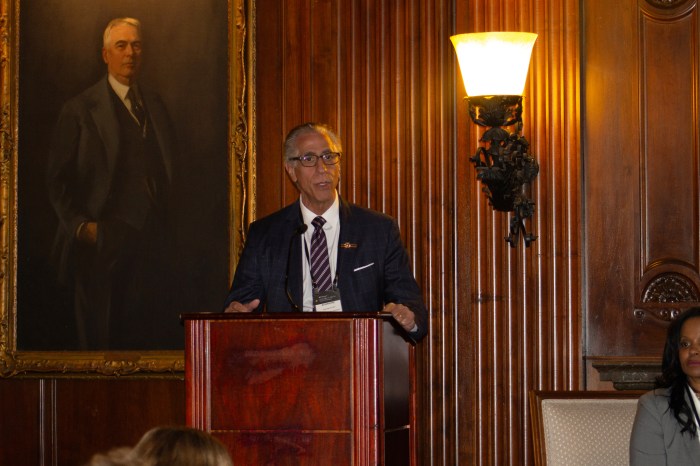More than 300 business and government leaders hob-nobbed and conferred at the New York Botanical Garden on Wednesday, November 18 at a sold-out Bronx Economic Summit organized by Borough President Ruben Diaz Jr.
Business experts from outside the Bronx, such as Architecture 2030 executive director Edward Mazria, Brian Warner of New York Power Authority, Jonathan Bowles of Center for an Urban Future and Crain’s New York reporter Daniel Massey moderated discussion panels on large-scale development, cultural assets, the green economy, unemployment, start-ups, retail corridors, public funds and the Bronx brand.
Bronx leaders such as Deidre Scott of Bronx Council on the Arts, Monroe College president Stephen Jerome and Westchester Square merchant John Bonizio also participated.
Diaz Jr. opened the daylong event with a speech. The borough president reiterated his commitment to the concept of “One Bronx.” Diaz Jr. bemoaned Bronx unemployment and poverty, and used the stage to address again his opposition to The Related Companies’ Kingsbridge Armory shopping mall plans. Related has yet to sign a community benefits agreement or guarantee living wages for armory retail workers but is set to benefit from tens of millions of dollars in tax breaks. Mayor Michael Bloomberg has backed the developer.
“Even before I took office in May, I was a critic of Mayor Bloomberg and his administration’s development agenda,” Diaz Jr. said. “While we are certainly happy to see new jobs created in the Bronx…for the most part these jobs have been low-pay and part-time in nature.”
The Bronx boasts the highest unemployment rate in New York State and the highest poverty rate of any urban county in the United States, the borough president said. According to a Lehman College report, the borough’s poverty rate is 28.3 percent, more than double state and federal averages. Less than 22 percent of Bronx residents own homes, compared to more than 55 percent statewide, Diaz Jr. added.
The borough president promised to expand the Bronx’s green economy; Bronx residents should not only benefit from green construction technology, they should manufacture green construction materials in the borough, he stated. Diaz Jr. tipped his hat to small business owners and declared a need for a comprehensive plan to clean up Bronx business corridors and banish predatory ticketers. Furthermore, the Bronx needs a real hotel, the borough president said.
Robert Walsh, commissioner of the city Department of Small Business Services, participated in the summit. The Fordham University grad named unemployment as the borough’s top challenge but praised the Bronx’s small business corridors and its transportation infrastructure. Walsh mentioned the “Big Four” – Fordham University, the New York Botanical Garden, Montefiore Medical Center and the Bronx Zoo – as integral to the borough’s development.
“When I was here from 1977 to 1983, Fordham had a ‘guard the gates’ mentality,” he said. “But today the Big Four are talking about the surrounding neighborhoods. Fordham helped launch the Fordham Road Business Improvement District.”
Throggs Neck Merchants Association president John Cerini attended the summit. He hoped to hear tips on business retention.
“We want to keep Throggs Neck shoppers in Throggs Neck,” Cerini said.
Cerini hopes Diaz Jr. will host another summit next year.





















